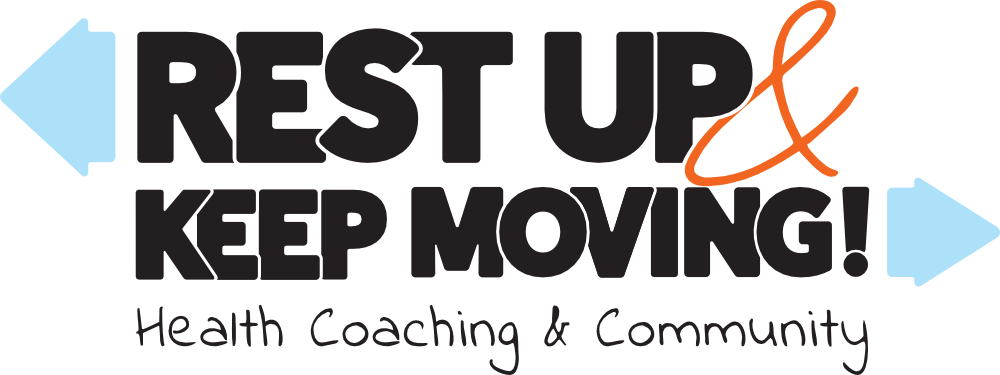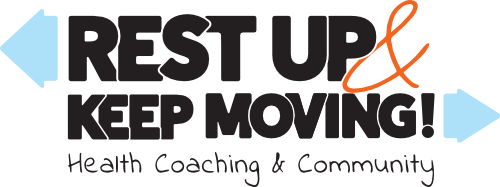If you’re anything like me, it sends a shiver down your spine just thinking about cutting Calories to lose weight.
For one, you turn something enjoyable, like food, into Accountancy and Math.
Boring! (My apologies to any accountants and mathematicians reading this.)
When you spend your time weighing food and calculating how much you have left to eat today, and therefore, YOU TAKE ALL THE FUN OUT OF EATING!
So in this article I’m going to share with you the simple method we teach for counting Calories … without counting a single calorie.
But first, let’s talk about why counting Calories (or Kcal on a label) is setting you up for failure in the first place.
Calorie counting is woefully inaccurate.
This is something rarely talked about but Calorie counting can be out by as much as 20% on food labels.
Yes, you read that right, 20%.
Food labels can be 20% over or 20% under, which makes Calorie counting a disaster either way you look at it.
If you’ve diligently calculated your calorie intake to, let’s say, 1800 Calories for the day but the labels are 20% over, then you may have actually eaten 360 extra Calories.
That takes you from 1800 to 2160 Kcal.
Over the course of a week that’s 2520 extra Calories you hadn’t planned to consume (or one full extra day’s worth of Calories for an average sized man).
That kind of accounting can seriously derail your efforts.
But how about those labels that might be under by 20%?
Well how would you feel if you targeted 1800 Kcal (which is challenging enough to stick to) and you actually ate 20% less – 1440 Kcal.
You’d end up thinking 1800 Kcal is impossible to live on, because it feels more like 1400. And it was!
You may even think “that’s great, I’ll lose weight faster”.
But the problem is, when you drastically under-eat, you are much more likely to binge at some point in the week (or more likely, the weekend) as your body tries to rebalance your energy intake.
Unfortunately, our evolution has made it pretty impossible to mindfully under-eat.
The hypothalamus in your brain, the area that controls food cravings among other things, has millions of years of clever tricks up its sleeve to stop you from starving.
All motivating you to find? You guessed it.
That food in your kitchen.
A protective system like this is great when food is scarce, but a serious test of willpower in the modern world of food hyper-availability.
Your Calorie needs are only an estimate.
On top of the issue of food labelling I mentioned above, we have one really big reason for not Calorie Counting.
Calorie calculators themselves are just estimates taken from averages.
Yes, that number you’re chasing on that calorie Counting App gave is an ESTIMATE.
We all have different body types, metabolic rates, gut bacteria activity etc. So a Calorie Calculator only gives you a ruff starting point. It too can be hundreds of Calories out (either too much or too little again) for what YOU need.
We use a Calorie Calculator only to find a “Ball Park” starting point for clients. From there we could find you lose weight too quickly, maintain weigh or even, dare I say, put on weight. Only sometimes does the number work perfectly for that person.
So it’s best to start on the estimate for a few weeks, read how your body reacts, and then adjust from there.
If you’re falling into the trap of thinking that the Calorie App has given you an accurate number – then you measure everything you eat to hit that number – only to find it’s not changing your weight – then you’re not alone.
This is the problem all have with counting Calories.
So if Calorie counting sucks, how can you control your food intake to lose weight more effectively?
We have 3 simple tricks for you that are proven to work SO much better than counting Calories.
#1 – Eat slowly.
I know, you probably didn’t expect me to say eat slowly. However, it’s got some excellent science to back it up.
You see, when you eat it takes about 20 minutes for your satiation hormones to kick in and signal your brain that you’ve been fed.
So eating more slowly gives your body time to catch up.
You’ll literally use your own hormones to tell you when enough food is enough food.
No food calculator app required.
So the closer to 20 minutes it takes for you to eat, the more likely you’ll be satisfied with a small meal.
Try it for yourself.
Next time you’re hungry, eat a small meal (around 450 Calories) then wait 20-30 minutes before you decide to eat anything else.
You’ll find by that time you’ll not really be all that hungry anymore.
This is a great little calorie restriction cheat, without doing the sums.
#2 – Eat until 80% full.
When you eat more slowly you’ll notice how your stomach ‘feels’ much more easily.
80% full is about the volume that makes your stomach feel satisfied (and release all those satiety hormones we spoke about).
90% full and you’ll tend to feel a little sluggish.
And when you reach 100% or more, you tend to feel stuffed and uncomfortable.
80% is a great natural signal for eating just the right amount.
#3 – Use your hand to measure your food.
What? Yes, you read that right.
Instead of weighing your food or adding up those useless food labels, just measure your portions with your hand.
Here’s how we teach it.

Using hand portion sizing to fill your plate is a great way to get just about the right portions you need.
And the interesting thing is, your hand never changes; it’s proportional to your body; and most of us take it with us wherever we go (like to a restaurant).
You could start with a ball-park of 4 palms, 8 fists, 6 cupped hands and 6 thumbs spread between however many meals you plan to eat that day.
After two weeks, if you’re not losing weight, then drop 1 or 2 cupped hands of carbs and 1 or 2 thumbs of fat from the quota per day and see if things start to change over the next two weeks. If you’re still not budging, then you could try dropping one more cupped hand or thumb and serif that helps. By this point you should be seeing results.
If you want to gain weight, then just do the reverse – add 1 or 2 cupped hands of carbs and 1 or 2 thumbs of fat per day. Or if you’re trading and want to add muscle, then add 1-2 palms per day instead.
Simple.
When you work this way, you’ll soon be able to eyeball the right portions, and read your body’s satiety signals like a pro; and never count a single calorie again.
(In our coaching programmes we tailor these portions for you, based on your lifestyle and preferences. Reducing the guesswork and getting nearer the mark from the start.)

